The feeling of finishing a marathon is priceless, but after running and conquering several marathons, you may want a new challenge.
Initially you might have first gotten into running for several reasons, perhaps to keep fit and healthy or to lose weight, but after a while, running becomes much more than that, and simply running marathons may thus no longer be enough to satisfy your hunger.
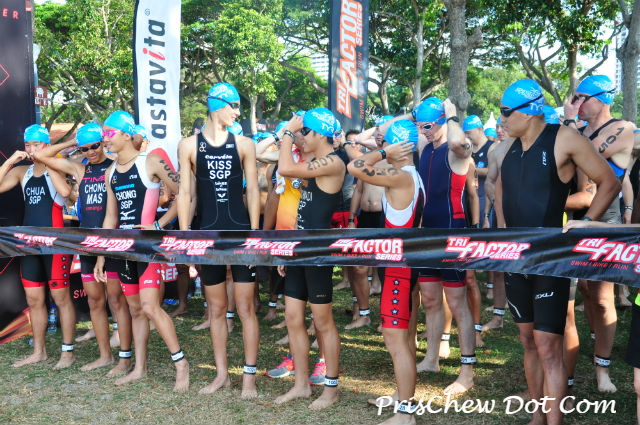
That point in time, is usually when some runners may look into challenging themselves further, by for example, taking on a triathlon. And with a strong running base already, completing a triathlon is not as difficult as some runners might think.
For a bit of my own background, my first triathlon event had been at the 2016 TRI-Factor Triathlon (Freshman). I had initially taken up running in 2012, as a way to improve my fitness.
Most recently, I had participated in the TRI-Factor Triathlon (Sprint), which took place last Sunday. And my next triathlon race should be the Singapore International Triathlon next month.
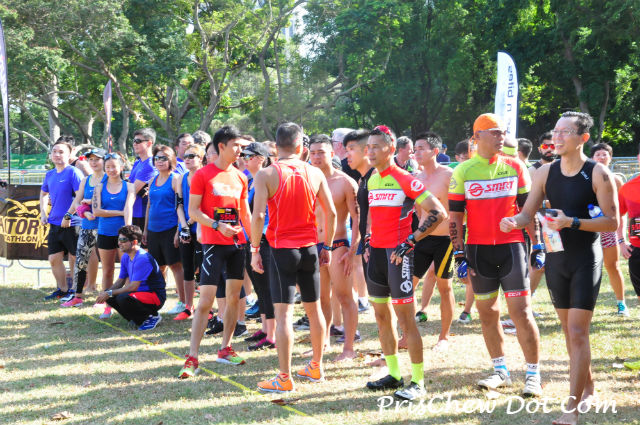
Run Training
In terms of my own running training, I have been training with the Coached Run Sessions team, and I regularly run with the group at least twice a week. Founded by a former professional triathlete, Coached is a heart rate training programme for runners and triathletes, that allows you to track, optimise and enjoy your training.
So this means that my runs had already more or less been taken care of. As such, I would be continuing with this running training, for the Singapore International Triathlon.
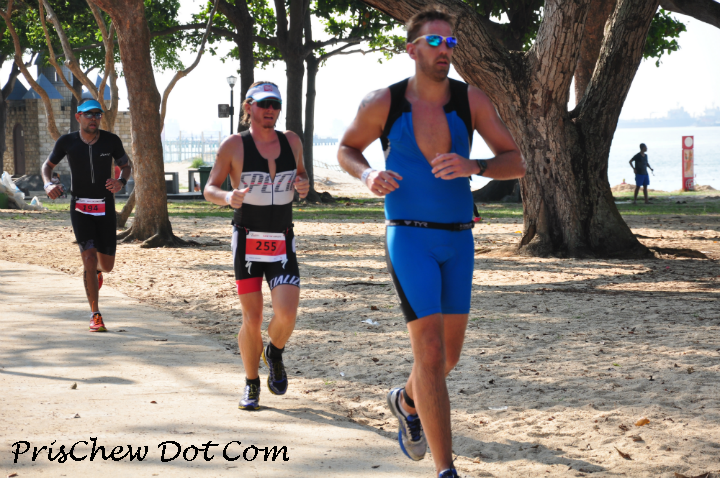
With a strong running base, though, you would already know how to run, so you only need to work on your swim and bike before you tackle your first triathlon.
Bike training
If you already learnt to cycle as a child, then cycling should not be difficult to pick up, and no, you don’t need to get an expensive triathlon bike when you are just starting out. If you are certain it won’t be a once-off thing and that you can see yourself taking upon more triathlons in the future, then you can probably start out by investing in a good road bike.
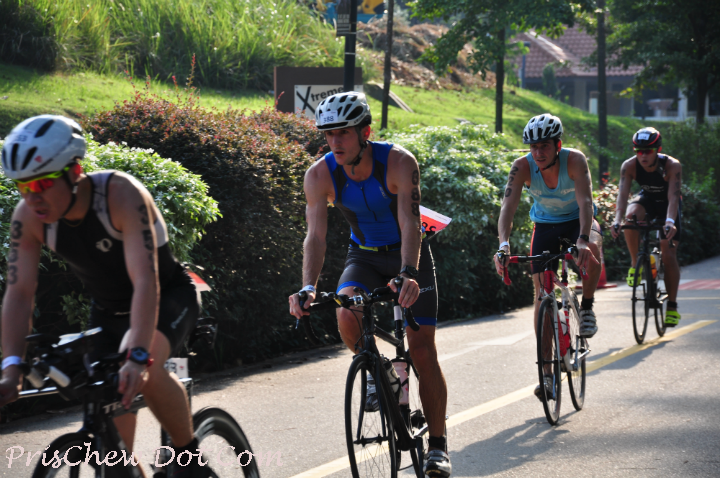
But if you aren’t sure if you are in it for the long run, then buying or even renting a basic mountain bike would probably be good enough to get you through the cycling part of your first triathlon – both the TRI-Factor triathlon series and the Singapore International Triathlon have bikes for rental, to cater to those who don’t own a bike yet still want to take on a triathlon.
Getting a good helmet though, is important for the bike leg – remember to get professional advice when you are buying a helmet to make sure that it is a good fit for you.
For most runners though, cycling typically should not be a problem as you already have strong legs and the fitness for it.
For me, when I had trained for the TRI-Factor Triathlon, I never had an issue with my cycling. I have a road bike and I have been cycling regularly enough, participating in events such as the OCBC Cycle (Singapore) as well as recreational bike rides with friends. So the 18km of riding didn’t really pose as an issue for me. I completed this section quite comfortably too, making up some ground from my swim leg too.
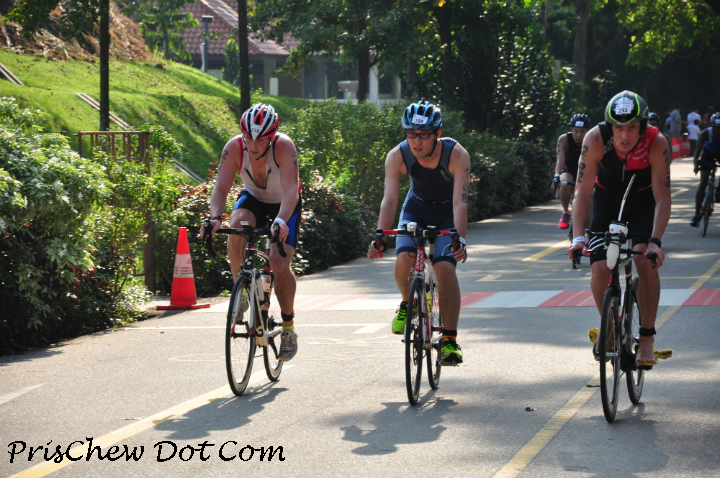
To train for the bike leg, I did some short rides, but that aside, I mostly used my running fitness to get by.
So I should be using the same strategy with regards to training for the Singapore International Triathlon.
Swim training
The swim may be more of a challenge though; even if you may know how to swim, swimming in open water is quite different to swimming in a pool.
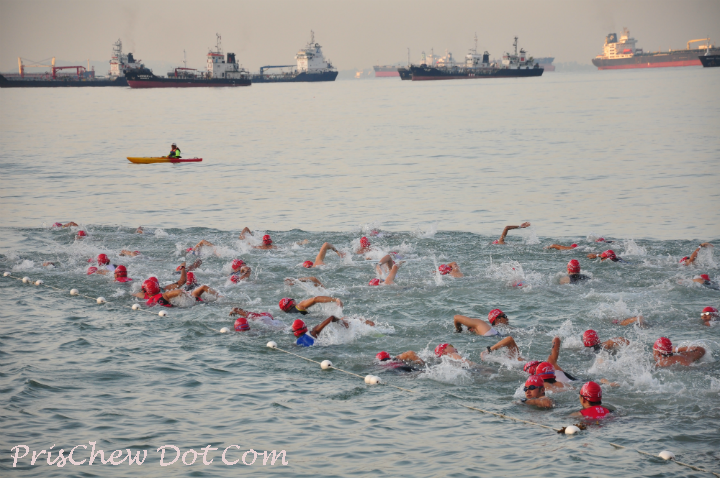
This is because more often than not, you won’t be able to see where you are going, unlike in a pool where the water is crystal-clear and so you can see the bottom clearly. So you will have to practise swimming in the open water, and learn to look out for markers or buoys as you are swimming.
Having an irrational fear of open water is also what keeps many people, including some runners, away from giving triathlon a go, but if you try to conquer those fears and actually practise in open water, then it will feel a lot less scary on race day.
And as long as you can swim for some distance in a body of water without your feet touching the ground for a period of time, though, then you are probably good to train up for a triathlon.
While most triathletes would use freestyle as it is typically the fastest stroke for those who are going for a good timing or position, sighting and spotting the buoys becomes much easier if you use breaststroke.
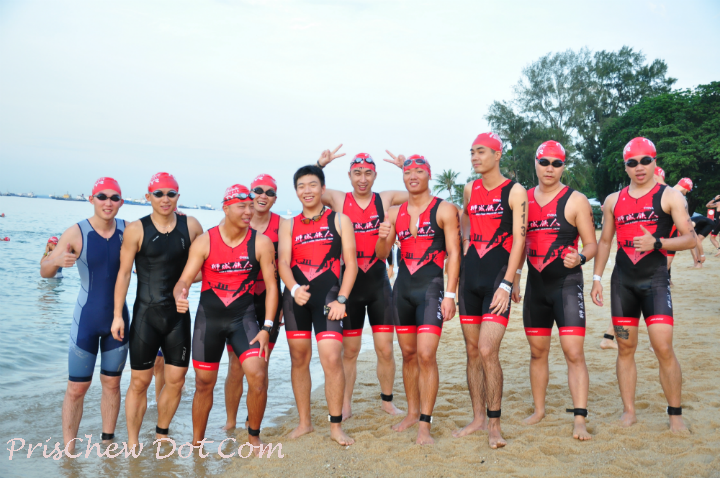
For the swim, it may also help to hire a coach or take up swimming lessons in order to refine your stroke. Listen to feedback about your technique from your coach or perhaps your friends who are good swimmers. You may think that you can already swim fast, but there is always something that you can improve on, in order to swim more efficiently – this is the key to doing well at the triathlon swim.
For me, I trained for the swim mostly in the swimming pool; I understand that open water practice is important, but I was also worried for my safety. This is because it isn’t really safe to venture out in open water, especially if you are often training alone, which I do.
But I admit though, that in preparation for last Sunday’s TRI-Factor Triathlon, I could have done more sessions in the open water. This because on race day, I had found the water to be more choppy than I would have liked, and so as a result, I found myself struggling to stay on course and swim towards the buoys, as the waves were constantly pushing me in the wrong directions. This had been especially so towards the beginning of my swim.
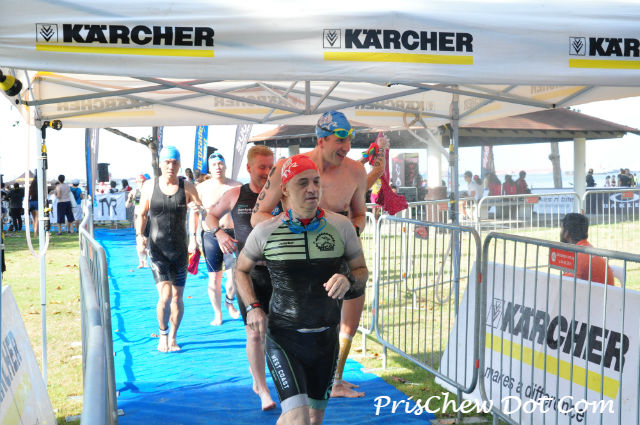
So as such, for the Singapore International Triathlon, I would probably try and gather other people to either swim with me in the open water, or to stay near the shore in the shallow waters and keep an eye out for me while I am swimming. At least I think if I have to swim alone, this would be at least safer than being completely alone out there.
Brick Sessions
Brick sessions are where you combine two or more sports into the same training session with minimal to no interruption in between.
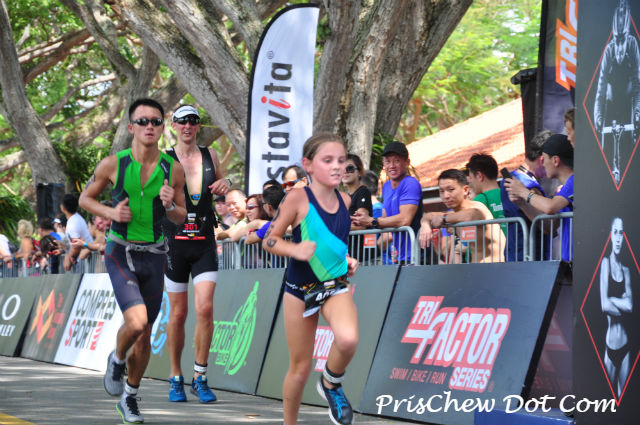
The bike – run brick session tends to be under-looked especially, but after cycling, your legs tend to feel very heavy so getting used to this feeling during training will help you to anticipate, and thus know exactly what to expect during the race.
For the Sprint distance, I think you can still get away without doing any brick training sessions, as 5km of running is still quite manageable, coming off the bike.
But if you are taking on the Olympic Distance or the Ironman distances, then I strongly recommend that you at least do some brick sessions. Your sessions do not need to be long though; for example, after your long ride, you can do about 15 – 20 minutes of running just to get used to how your legs would feel.
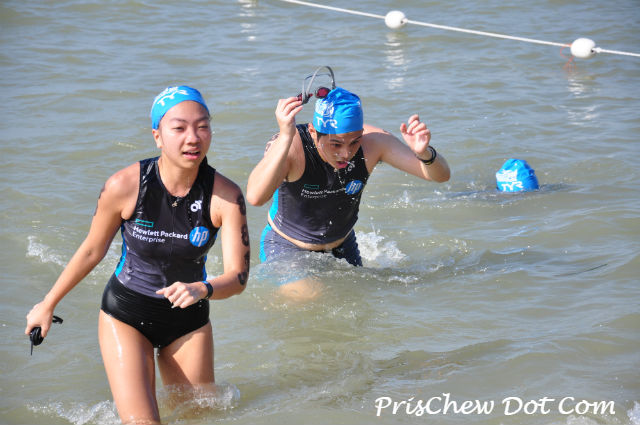
Zone3: The official swim partner of the Singapore International Triathlon
The official swim partner of the Singapore International Triathlon, Zone3 is one of the leading swimming & triathlon sports brands in the world, having been started by former British elite athlete James Lock back in 2007. Today they have a reputation for offering customers with high quality and high performance products.

The brand sells a range of apparel for swimmers and triathletes, including wetsuits for open water swimming and triathlon; tri-garments for everyone – ranging from elite athletes to novices and beginners; compression wear for training and racing and swimwear for competition or training usage.
But for those who are not into swimming, the brand also carries several designs of cycle wear, as well as casual clothes such as hoodies, sweatshirts and caps.

Love your blog ? Btw, lookin awesome Pris! ??????